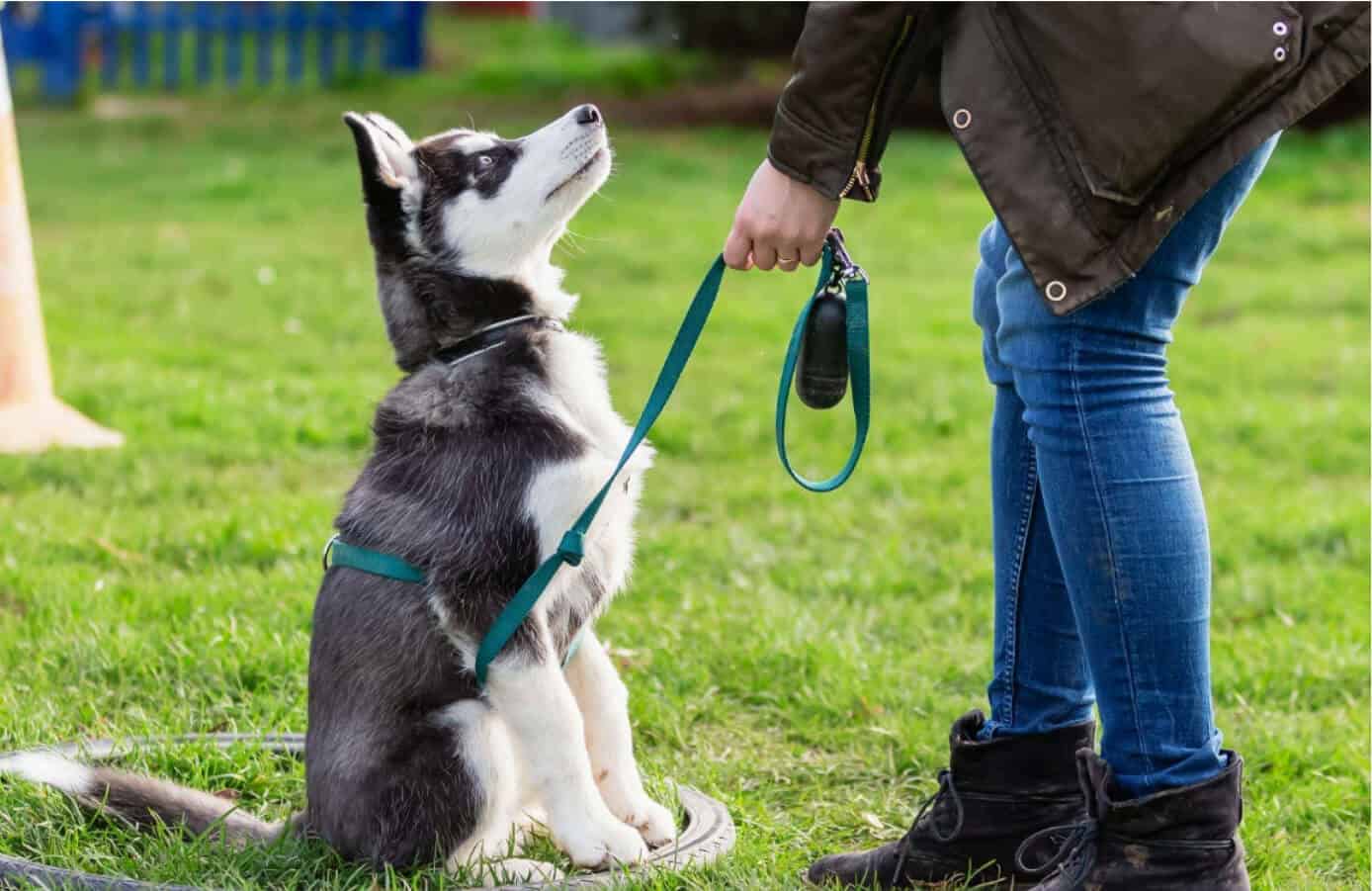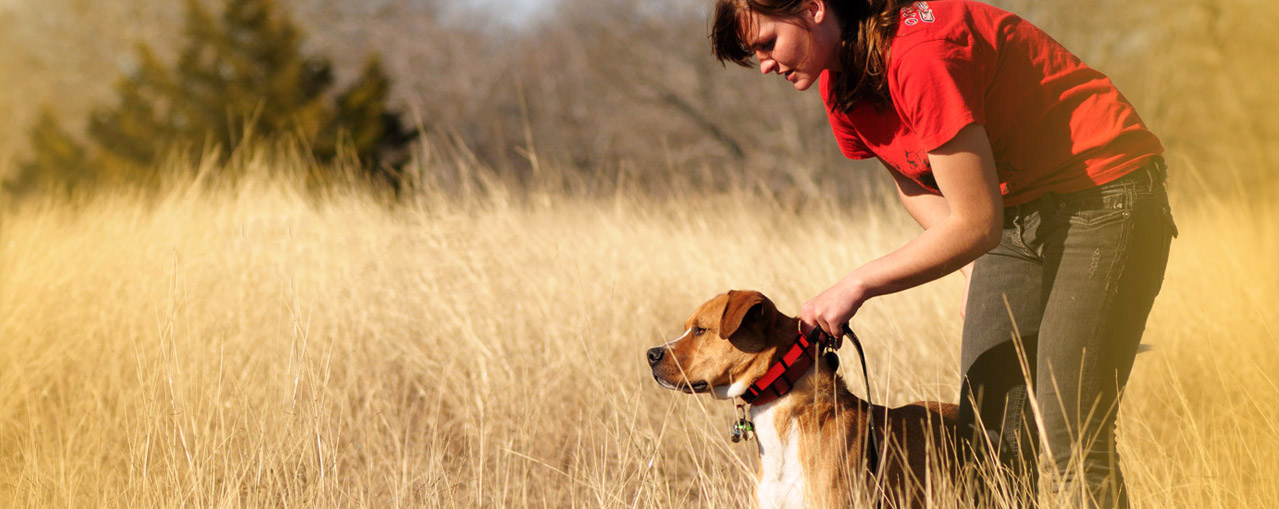Expert Dog Training Services to Help Your Pet Learn New Skills
Leading Pet Training Techniques Every Proprietor Should Know
Among the most famous methods are positive support, remote control training, and leash training, each offering unique advantages that add to a mannerly pet dog. As we discover these fundamental approaches, it comes to be evident that understanding their subtleties can substantially affect the training experience and the dog's total habits.
Positive Reinforcement Strategies
Making use of positive reinforcement strategies is essential for efficient pet training, as it fosters a trusting bond between the trainer and the dog. This approach concentrates on fulfilling desirable behaviors as opposed to penalizing unfavorable ones, creating an atmosphere for discovering. Rewards can include deals with, praise, or play, which inspire dogs to repeat the habits that earn them these rewards.
Positive support is rooted in the concepts of operant conditioning, where habits is influenced by its repercussions. By consistently satisfying certain actions, trainers can form a pet dog's habits in time. For example, a pet dog that remains on command and obtains a reward is more most likely to repeat that habits in the future.
In addition, this approach improves the dog's interest for training sessions. When canines associate training with favorable experiences, they are more involved and responsive. Past prompt therapy, favorable support urges a collaborative connection between the dog and fitness instructor, reducing stress and anxiety and concern.
To take full advantage of effectiveness, it is important to deliver benefits without delay, making certain the pet dog attaches the habits with the support. Essentially, positive support strategies not just generate better-trained dogs yet also promote an unified collaboration between pet and owner.
Clicker Training Approach
The clicker training technique is a highly efficient strategy that builds on the principles of favorable support by adding a distinct audio to mark wanted habits. This technique uses a small portable tool that creates a clicking sound, allowing instructors to connect with their pets in a instant and clear way. When a dog executes an actions that the owner wants to motivate, the clicker is activated, complied with by an incentive, generally in the type of treats or appreciation.
The key to effective clicker training lies in uniformity and timing. It is important to click at the exact moment the desired actions occurs, guaranteeing that the pet connects the sound with the activity and the succeeding benefit. This method not just enhances interaction however also fosters a more powerful bond in between the pet and the owner, as it motivates engagement and interaction throughout training sessions.
Clicker training can be related to a variety of commands and behaviors, from basic obedience to more intricate methods. Its flexibility and effectiveness make it a preferred strategy among specialist fitness instructors and pet dog owners alike, leading the means for a receptive and well-trained canine friend.

Chain Training Essentials
Efficient chain training is essential for making sure a safe and satisfying strolling experience for both pet dogs and their proprietors. Leash training must begin early and be come close to with perseverance and consistency (Dog training). Begin by choosing an ideal leash and collar or harness. A level collar may help some pet dogs, while others may take advantage of a harness that decreases pulling.
Present your pet dog to the chain progressively, permitting them to discover it in a comfy atmosphere. This involves gratifying your dog for strolling beside you instead than pulling ahead.
If your pet dog starts to draw, stop strolling quickly. In addition, method various walking settings to assist your dog adapt to distractions.
Regular practice will certainly strengthen your pet dog's understanding of chain decorum. Bear in mind that chain training is a continuous process; persistence and uniformity will yield the finest outcomes, cultivating a favorable experience for both you and your canine buddy.
Socialization Techniques
Socialization is an essential element of pet dog training that ought to ideally start during puppyhood however can be useful at any type of age. Reliable socializing helps canines create self-confidence and decreases the likelihood of behavior issues. To carry out effective socialization approaches, expose your canine to a selection of environments, people, and various other animals.

Start with regulated settings, such as young puppy courses or arranged playgroups, where young canines can interact safely. Progressively present your dog to brand-new experiences, including different noises, surface areas, and activities. Make certain these experiences are positive and satisfying to develop a feeling of safety.
For grown-up canines or those doing not have direct exposure, start with low-stress situations. Short, favorable communications with pleasant human beings and tranquil dogs can produce positive associations - Dog training. Utilize treats and appreciation to enhance preferable actions throughout these experiences
Monitoring your canine's body language is essential; signs of worry or hostility ought to be resolved instantly, either by getting rid of the pet dog from the circumstance or redirecting its emphasis. Continually exposing your pet dog to varied stimuli will foster versatility, making it a well-rounded companion with the ability of flourishing in different settings.
Uniformity and Perseverance
Identifying the importance of uniformity and persistence in pet training is vital for achieving long-term outcomes. Training a dog is a steady procedure that needs an organized approach and unwavering commitment from the owner. Each command or actions have to be enhanced continually to assist the pet recognize what is anticipated of them. Irregular training can browse around here bring about complication, making it difficult for the pet dog to grasp behaviors or commands, ultimately impeding over here development.
In addition, perseverance is a vital component of effective training. Pets, like people, discover at their own rate. Some may comprehend ideas swiftly, while others may take longer. It is important for owners to remain calm and encouraging, enhancing favorable behavior without resorting to frustration or punishment. This cultivates a trusting connection in between the dog and proprietor, urging an extra enthusiastic and ready student.
To grow uniformity and persistence, develop a regular training routine, utilize the exact same commands, and make certain that all household participants apply the same training concepts - Dog training. By doing so, you develop a secure environment for discovering, allowing your pet to create and thrive into a well-behaved friend

Final Thought
In conclusion, efficient canine training techniques, such as favorable support, remote control training, and correct leash training, are essential for fostering a healthy and balanced owner-dog connection. Furthermore, carrying out socialization methods and maintaining uniformity and persistence throughout the training procedure adds considerably to a pet's overall health. By integrating these techniques, canine proprietors can facilitate the development of well-adjusted, obedient family pets, eventually enhancing the lifestyle for both the proprietor and the canine.
Amongst the most famous methods are favorable support, clicker training, and leash browse around here training, each offering special advantages that contribute to a well-behaved pet dog. As we discover these fundamental approaches, it becomes apparent that understanding their subtleties can significantly impact the training experience and the canine's total actions.Utilizing positive support strategies is necessary for effective pet dog training, as it promotes a relying on bond in between the fitness instructor and the pet.In verdict, efficient canine training methods, such as positive reinforcement, clicker training, and proper leash training, are important for fostering a healthy and balanced owner-dog connection. By integrating these methods, dog proprietors can facilitate the development of well-adjusted, loyal pets, inevitably enhancing the top quality of life for both the owner and the dog.